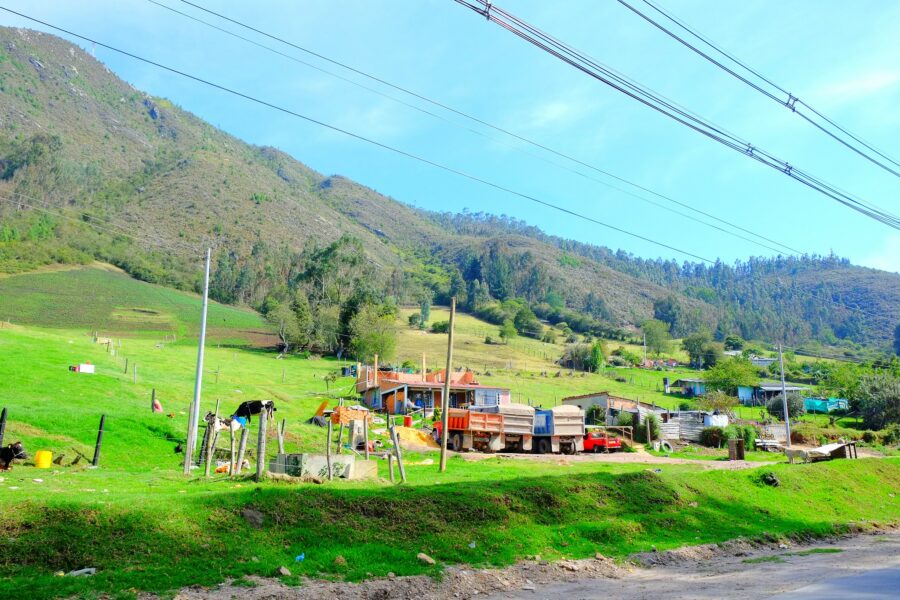In Chía, Colombia, inadequate waste management shrivels up valuable energy and nutrients. Using our REVAMP tool, we collaborated with local stakeholders to crunch the data and calculate scenarios for change.
Just north of Bogotá, Colombia, the small municipality of Chía is growing fast. Many of the new arrivals are making their homes in periurban settlements, and the twin pressures of a growing population growth and economic activity are overwhelming infrastructure that was built for a smaller town.
The potential health risks are clear. Less than 40% of the wastewater entering Chía’s old sewerage system is treated. The rest is discharged untreated into the Bogotá river or a tributary, the Frio, reaching the Colombian capital 15 kilometres or so downstream. Many homes lack any sewer connection, and poorly built and maintained latrines and other on-site sanitation systems pose an additional health threat to urban residents and freshwater ecosystems.
Reducing risks, boosting resources
The municipal authorities in Chía are acutely aware of the need to improve waste management and are developing a new sewage treatment plant. In 2018 the Chía Environmental Office teamed up with the SEI Initiative on Sustainable Sanitation and researchers from El Bosque University to find out how to make Chía’s waste management more effective and at the same time contribute to a range of sustainable development priorities.
The collaboration used SEI’s REVAMP (Resource Value Mapping) tool. REVAMP currently takes data on municipal waste flows (including food waste, wastewater and other organic waste) and uses it to calculate how much revenue, plant fertilizer or clean energy (biogas, briquettes) could potentially be produced from it at municipal level. REVAMP can calculate the optimal mix of these outputs for different waste-management and reuse scenarios.
First developed for Kampala, Uganda, REVAMP is also being applied in Naivasha, Kenya. The UrbanCircle and Bolivia WATCH projects that SEI is leading aim to strengthen the tool even further. SEI is also working on creating an open-access online version of REVAMP.
Co-development
Working with stakeholders has been an essential part of the process in Chía – to ensure both local ownership and the accuracy of the REVAMP calculations, as well as to help in further developing REVAMP’s capabilities.
Workshops and focus group discussions were first held with stakeholders from a variety of sectors: civil society, business and industry associations, and authorities). The meetings established that there was significant demand for improved waste management and revealed a great local interest in exploring resource recovery options – outcomes that brought the initially reluctant municipal water and waste company on board.
Collaboration with local stakeholders, including the water and waste company, helped to establish a base of high-quality input data about local conditions and waste flows that underpinned the REVAMP version used in Chía.
Local stakeholder knowledge is helping SEI to add more waste streams to the REVAMP tool, for example animal waste. SEI is also using the Chía case to broaden the range of outputs REVAMP can offer, such as the greenhouse gas emissions under each reuse scenario. This will mean REVAMP can show how urban waste-management and reuse decisions can impact multiple SDGs, allowing local decision-makers to prioritize.
Read the full story on www.sei.org»

